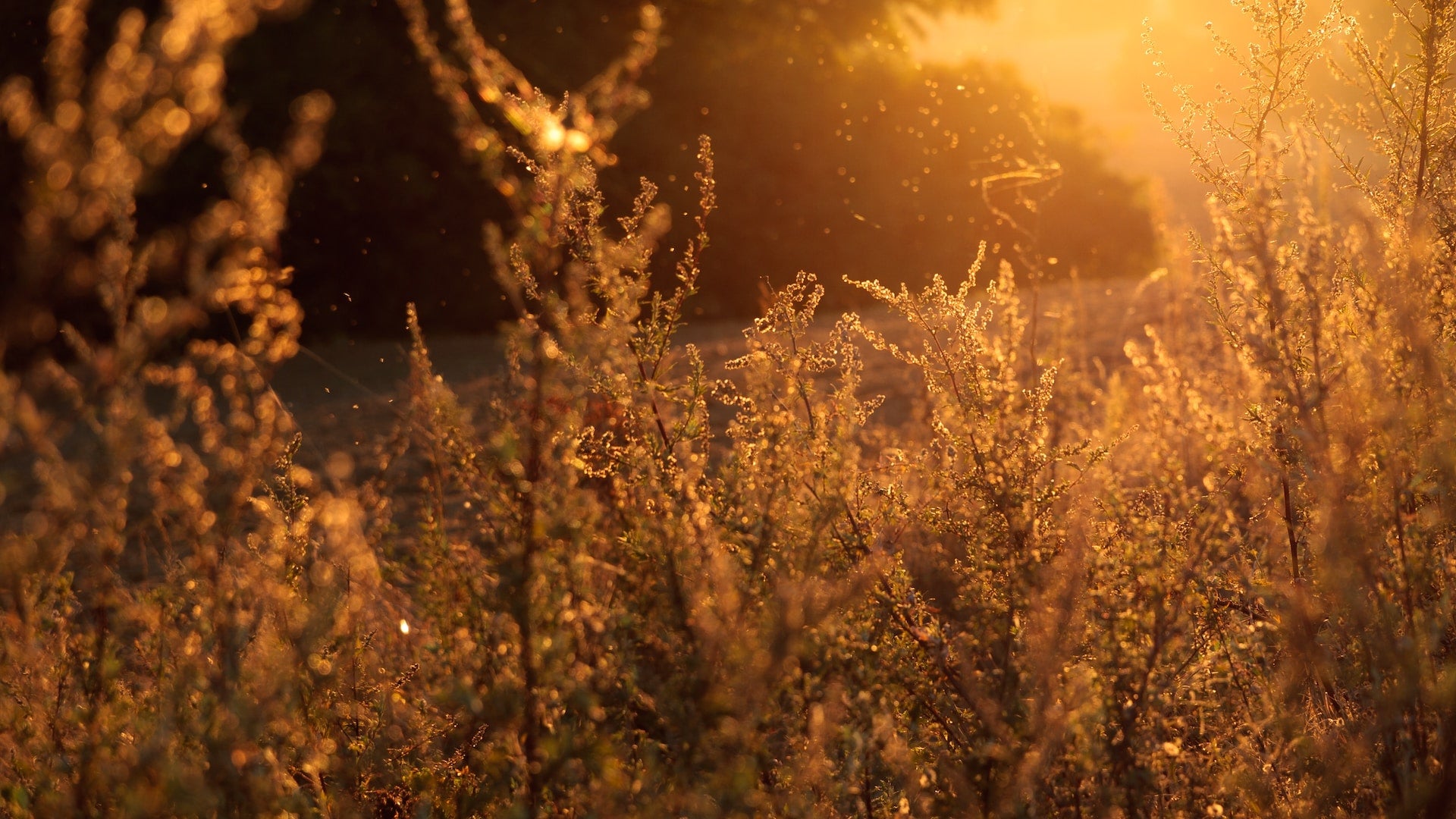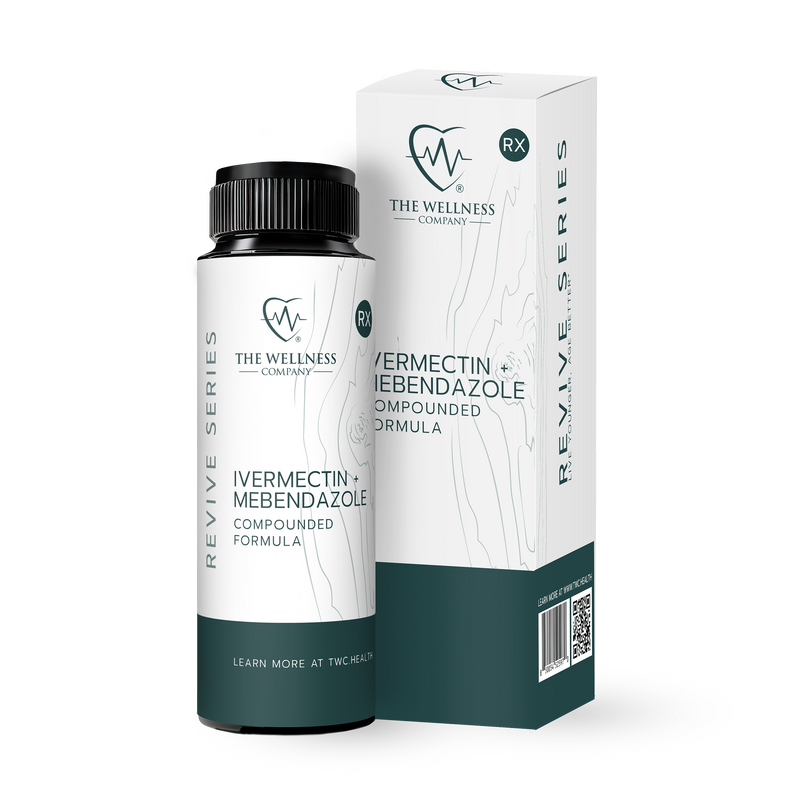Decoding the Role of Genes, Environment, and Lifestyle in Seasonal Allergies

Did you know that nearly a third of American adults suffer from seasonal allergies each year [1]? In recent years, allergy rates in the Western world have been steadily rising. We’ve written about allergy treatments on this platform in the past, but an important question remains: why do seasonal allergies occur in the first place? And why do they affect people, but not others?
Before answering this question, let's take a brief look at what allergies are, on a basic biological level.
Allergies 101
Most substances that cause allergies are totally harmless. When something like pollen enters the body, for example, there’s no inherent threat to the system. Fundamentally, an allergy is a false alarm on the part of the immune system, mistaking what is an innocuous substance for a hazardous invader and launching an attack. The more intense the immune response, the more severe the symptoms.
But why do some people’s immune systems react while others’ don’t?
Genes Matter
About half of one’s allergy risk appears to arise from a simple roll of the genetic dice [2]. Studies have shown that a person is much more likely to develop allergies if their parents or siblings have them. Researchers have identified specific genes that are associated with allergies, which control the production of immune cells such as interleukins, and cytokines derived from the epithelial barrier [3].
Genetics alone, however, doesn’t explain the dramatic increase in allergy prevalence in recent years. To what degree do environmental factors come into play?
The Role of Lifestyle Factors
Research suggests that the lifestyle factor which most influences our susceptibility to seasonal allergies is whether we live in urban or rural areas. Researchers have found that those living in cities with high levels of air pollution are much more likely to develop allergies than those who live in rural areas [4]. There are two major hypotheses which have been put forward to explain why this is the case. The first is that air pollution can damage the lungs, making them more sensitive to allergens.
The second relates to microbe and allergen exposure early in life. Studies have shown that children who grow up on farms, unsurprisingly, are exposed to a more diverse range of microbes than their urban counterparts [5]. Researchers believe that early exposure to a wide swath of microbes and allergens may be protective because it trains the immune system to distinguish between harmless substances and harmful invaders.
This hypothesis has been supported by several studies, one of which found that the gut microbiota of children with allergies is less diverse and less abundant than the gut microbiota of healthy children [6].
Bottomline
Seasonal allergies are a fascinating example of how genetics, environment, and lifestyle factors combine to shape our immune health. As with most things we care about, genetics load the gun, but environment pulls the trigger.
For those seeking a long-term solution to their allergy woes, The Wellness Company’s AllergyFree Immunotherapy Treatment Program is a great place to start. Sublingual immunotherapy (SLIT) forms the basis of the program, and rather than providing a symptom band-aid, addresses the root cause of allergies to offer long-lasting relief.
Also check out our Travel Kit that has all your allergy needs on-the-go + other crucial medications to keep your family safe!
References
[1] Ng, A.E. & Boersma, P. (2023). NCHS Data Brief, no 460: Diagnosed allergic conditions in adults: United States, 2021. National Center for Health Statistics. https://dx.doi.org/10.15620/cdc:122809
[3] Portelli, M. A., Hodge, E., & Sayers, I. (2015). Genetic risk factors for the development of allergic disease identified by genome‐wide association. Clinical & Experimental Allergy, 45(1), 21-31.
[4] Schröder, P. C., Li, J., Wong, G. W., & Schaub, B. (2015). The rural–urban enigma of allergy: What can we learn from studies around the world?. Pediatric Allergy and Immunology, 26(2), 95-102.
[5] Ege, M. J., Mayer, M., Normand, A. C., Genuneit, J., Cookson, W. O., Braun-Fahrländer, C., ... & von Mutius, E. (2011). Exposure to environmental microorganisms and childhood asthma. New England Journal of Medicine, 364(8), 701-709.
[6] Arrieta, M. C., Stiemsma, L. T., Dimitriu, P. A., Thorson, L., Russell, S., Yurist-Doutsch, S., ... & Finlay, B. B. (2015). Early infancy microbial and metabolic alterations affect risk of childhood asthma. Science translational medicine, 7(307), 307ra152-307ra152.






















